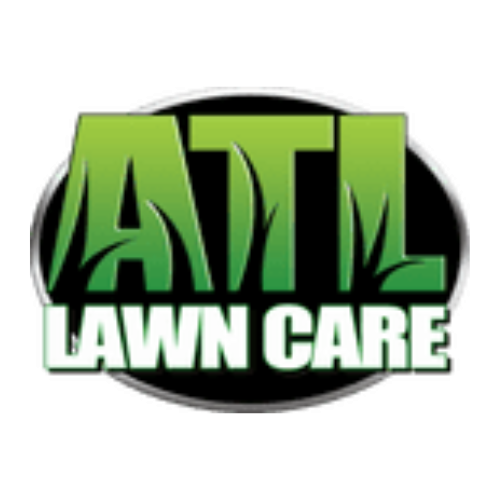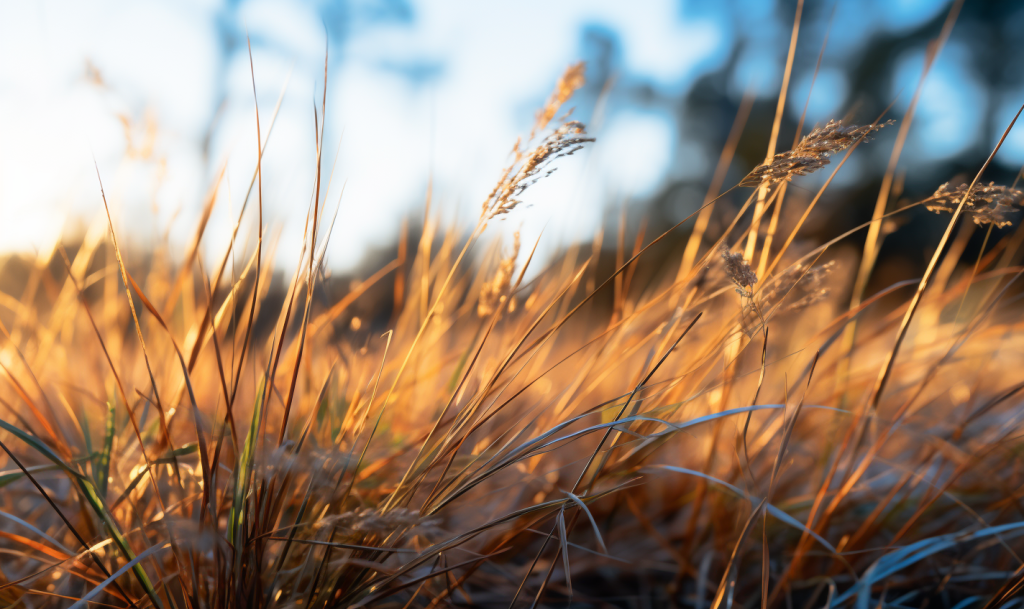So your beautiful vibrant green lawn suddenly looks like it’s fading away? For newcomers to Georgia, seeing your Bermuda or Zoysia turn from lush green to a sleepy tan or brown hue might cause a little panic. But hold on—it’s all part of the seasonal dance in Georgia. In this guide, we’ll walk you through what is actually happening to your lawn and the best way to care for it during this stage and how to prepare for a beautiful bounce back in the spring.
Understanding Your Lawn’s Transition
Warm-season grasses, such as Bermuda or Zoysia, are built for the sunny days of Georgia’s warm climate. They thrive best in the heat, soaking up the sun and growing vigorously during the hotter months. However, as temperatures begin to drop, these grasses, like many plants, have a survival mechanism – they go dormant.

As temperatures drop, warm-season grasses like Bermuda or Zoysia slow down their growth. This dormancy phase isn’t a sign of weakness – it’s a smart survival strategy. Just like the way bears hibernate in winter to conserve energy, your grass takes a nap to store up energy. It’s redirecting its efforts from growth to preservation, ensuring it has the stamina to burst back into action when the conditions are once again ideal for its growth.
This dormancy phase might change your lawn’s appearance, but it’s a testament to your grass’s resilience and adaptability to Georgia’s seasonal shifts. Understanding this natural cycle empowers you to care for your lawn appropriately, allowing it to thrive when the warmer days return.

Tips for Caring For Your Dormant Grass
Adjust your lawn care routine to match the grass’s reduced needs. Scale back on watering and refrain from heavy traffic to avoid unnecessary stress.
Careful Watering: While dormant, your grass needs less water. Reduce watering frequency, providing only occasional deep watering if prolonged dry spells occur. Too much moisture in the soil when the grass isn’t actively growing can invite issues, such as fungal disease, root suffocation and more.
It’s important to strike a balance between providing the right amount of water to prevent root desiccation and avoidance of excessive watering which could lead to a bunch of issues that will cause the lawn to suffer in the long run.
Can You Damage Dormant Grass?
Even though it’s hardy, dormant grass is more susceptible to damage. Minimize foot traffic or heavy objects on the lawn to prevent stress on the grass blades.
Should I Water My Dormant Grass?
Dormant grass needs minimal water. Only water if there’s an extended period of drought to prevent the roots from completely drying out. Light, occasional watering can help maintain some moisture without overwhelming the dormant grass.
Should You Put Fertilizer on Dormant Grass?
During dormancy, hold off on fertilizing your grass. Applying fertilizer won’t benefit the dormant grass and can potentially harm it or lead to nutrient buildup in the soil when the grass isn’t actively using those nutrients. Applying a pre-emergent or soil amendments, like lime would be ideal at this time.
What Happens if You Mow Dormant Grass?
It’s best to avoid mowing dormant grass unless it’s necessary for maintenance. If you must, set your mower to the highest setting and be extremely gentle. Mowing during dormancy can stress the grass and disrupt its rest. But if you have a bunch of leaves on the lawn, it can be beneficial to mow the lawn (at the highest setting) in order to mulch the leaves and clear them from the lawn to prevent suffocation.
Understanding the delicate balance between minimal care and respect for your grass’s dormancy is key. While it might appear fragile, your dormant grass is resilient. By respecting its dormancy and offering minimal but thoughtful care, you’re supporting your grass in its efforts to revitalize. This phase might look different, but it’s a testament to its strength and resilience, ensuring a lush, healthy lawn when the time is right.
Reviving Your Grass for Spring
As the season changes again, get ready for the revival. Lightly tidy up with a gentle rake, allow oxygen into the soil with core aeration, and consider overseeding if necessary. These simple steps set the stage for an impressive resurgence.
When signs of growth appear, gradually reintroduce regular care practices. Adjust watering schedules, resume mowing at recommended heights and intervals, and consider fertilization to support its revival.

Your Lawn’s Future Looks Green!
Your lawn’s temporary color change might have caused a stir if you’re not used to it, but rest assured, it’s a natural part of the cycle. By understanding, respecting, and providing gentle care during your lawn’s dormancy, you’re setting the scene for a triumphant comeback when warmer weather returns again.
For more guidance or professional assistance in nurturing your lawn through these changes, ATL Lawn Care is here to help. Our team of experts understands the unique needs of Georgia’s lawns and is dedicated to ensuring your grass thrives year-round.

